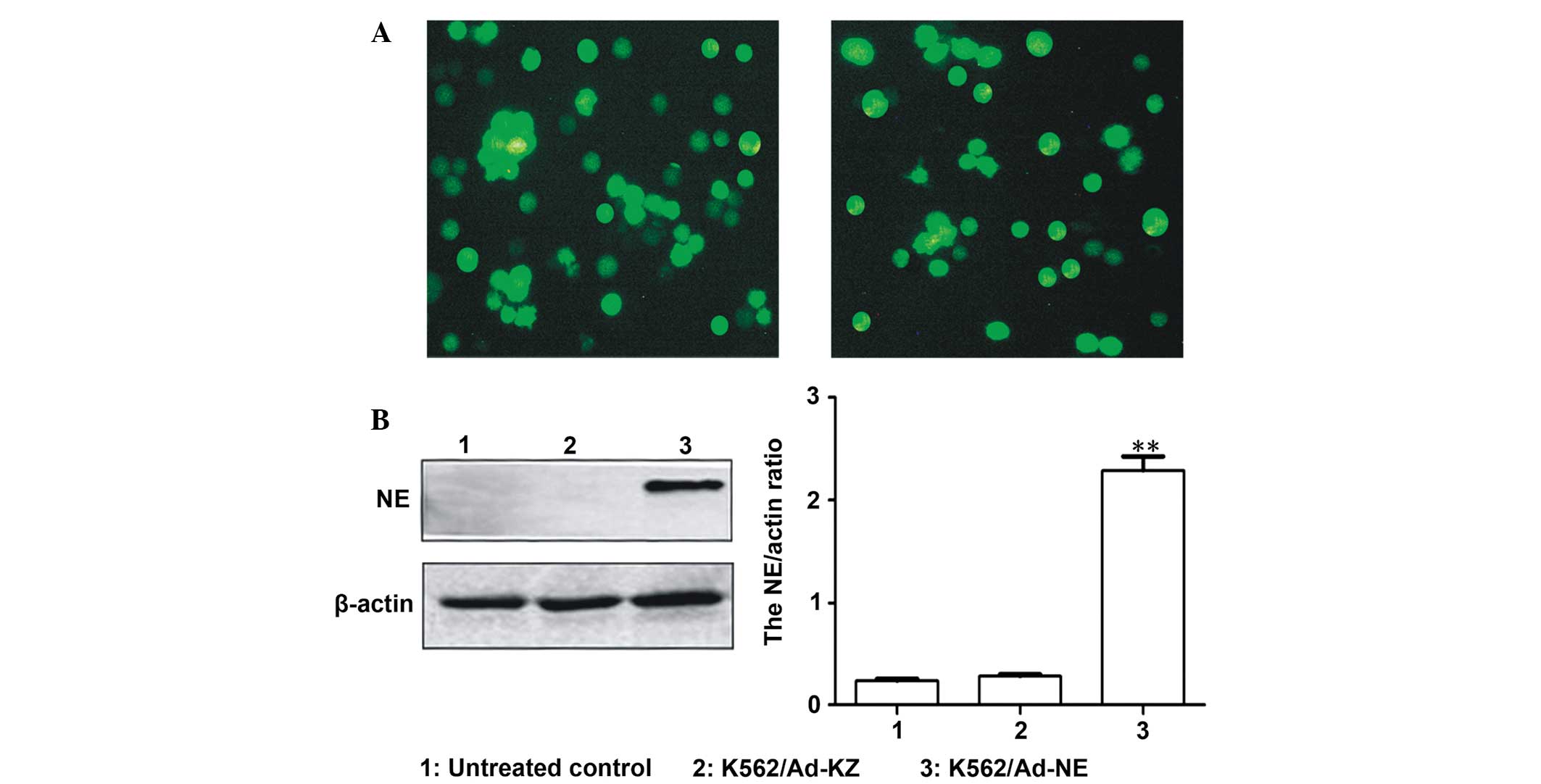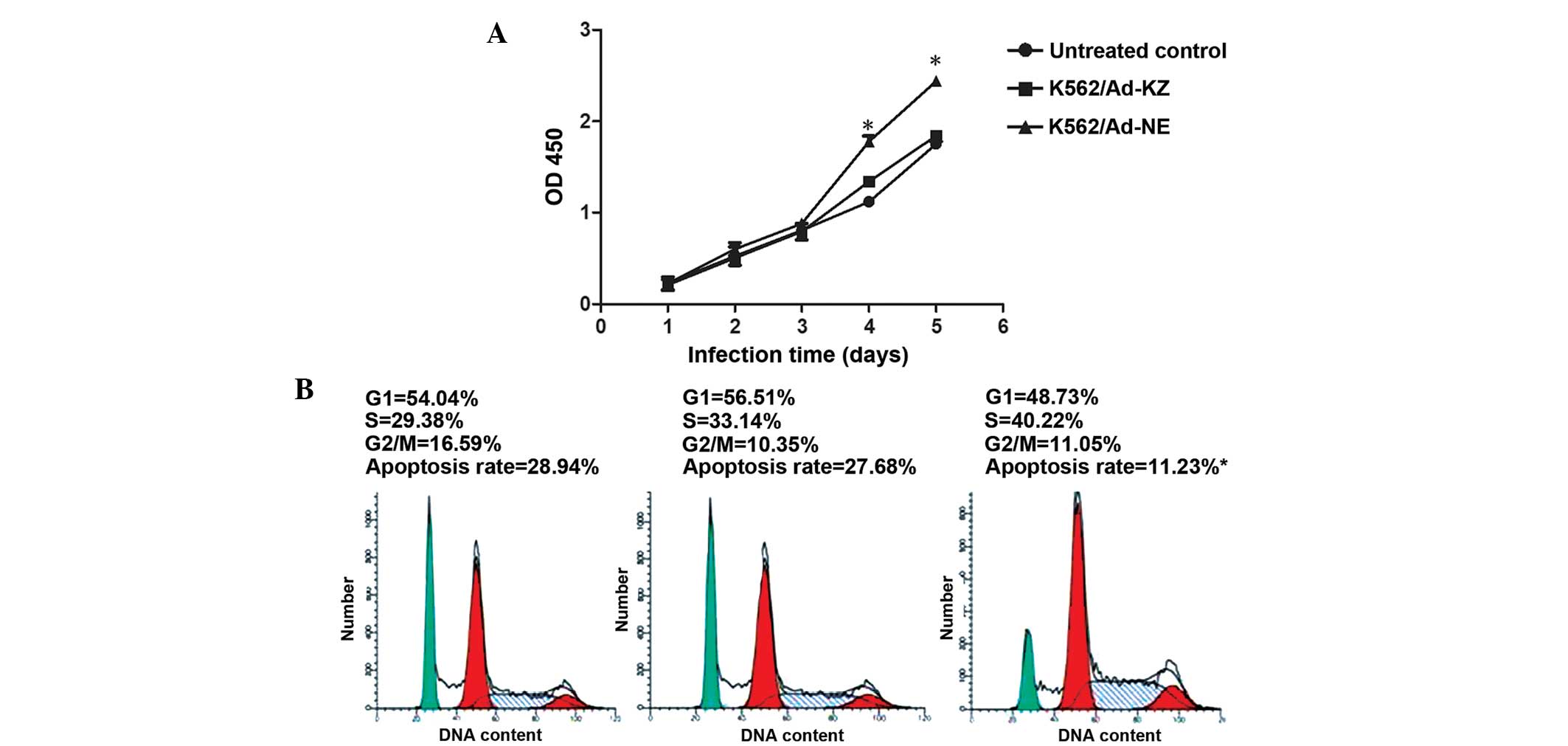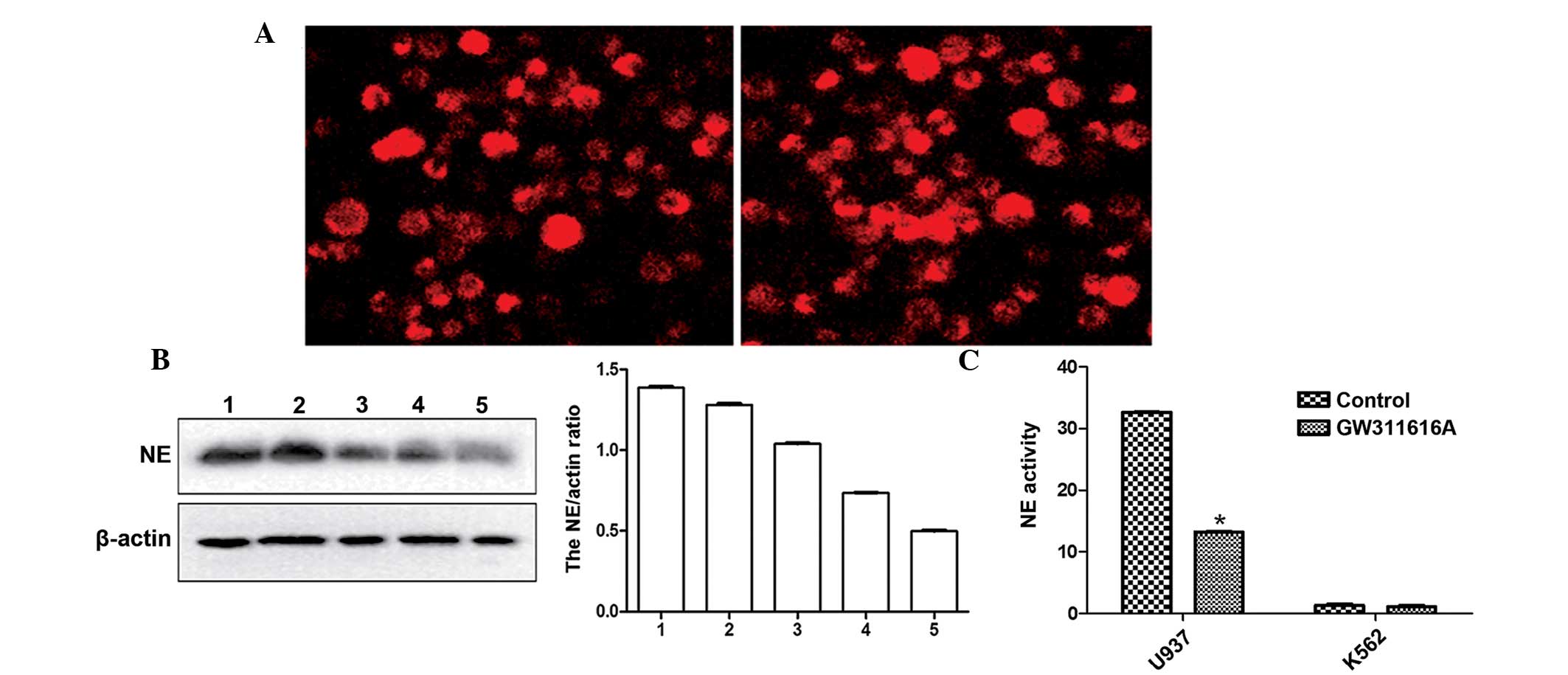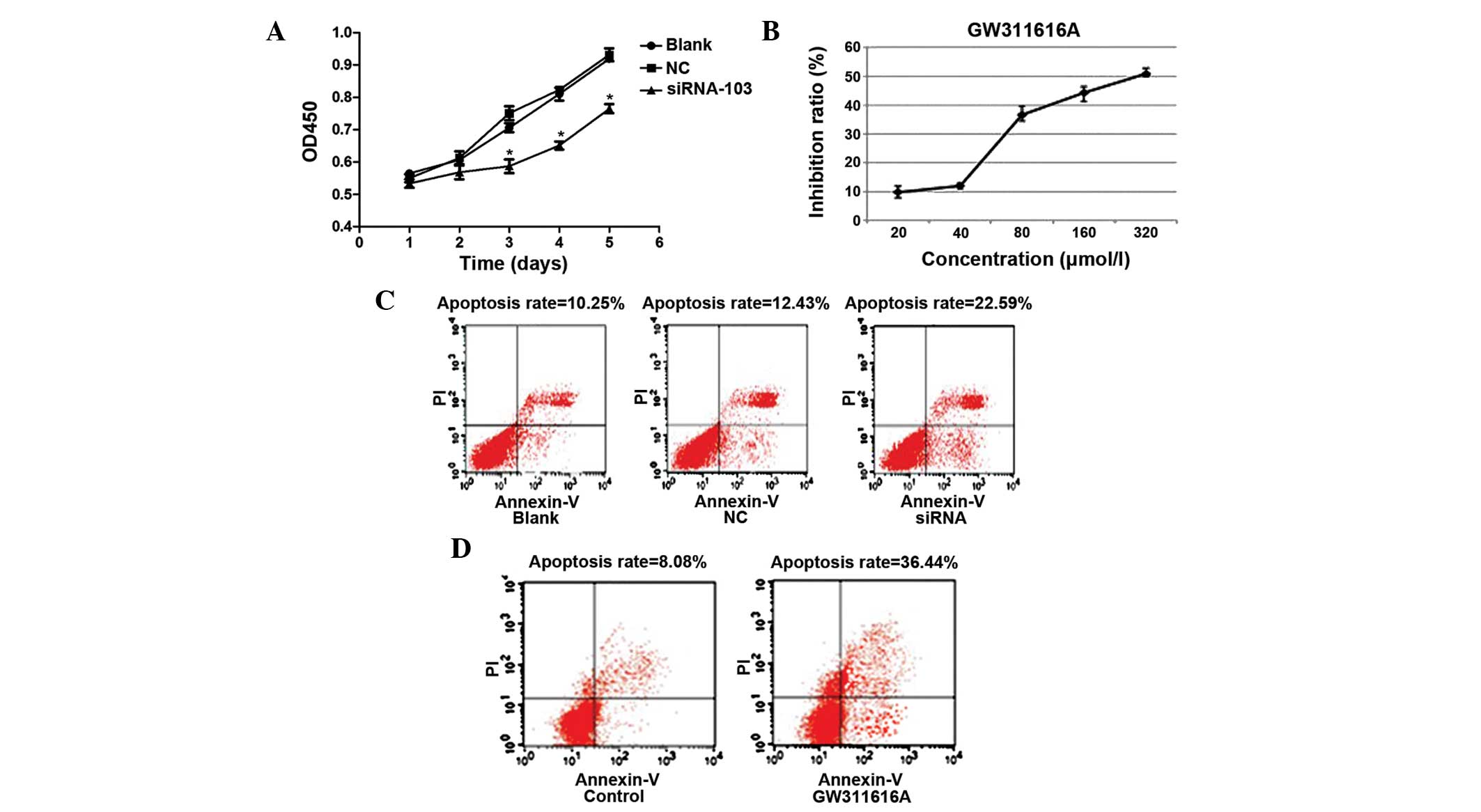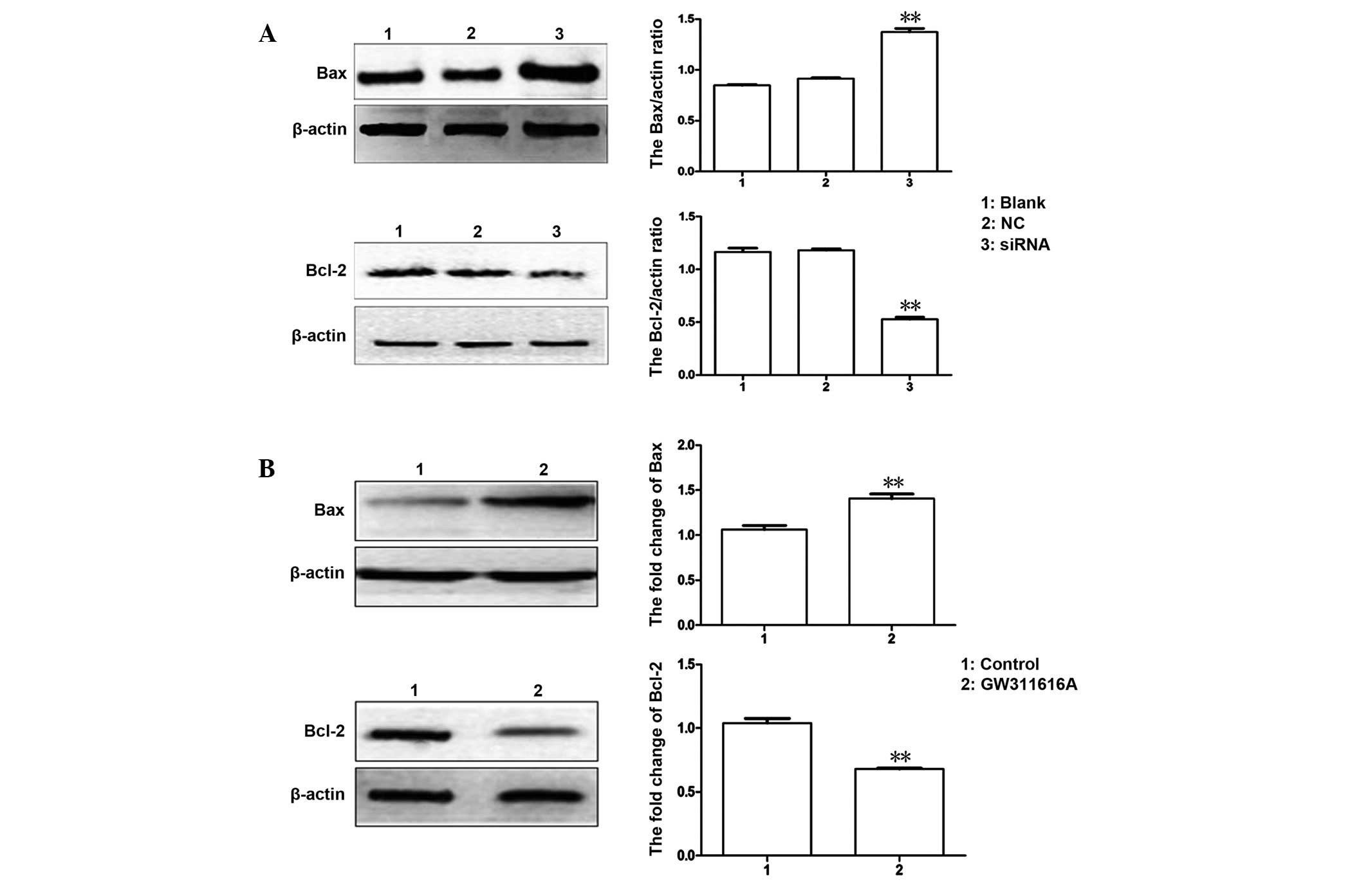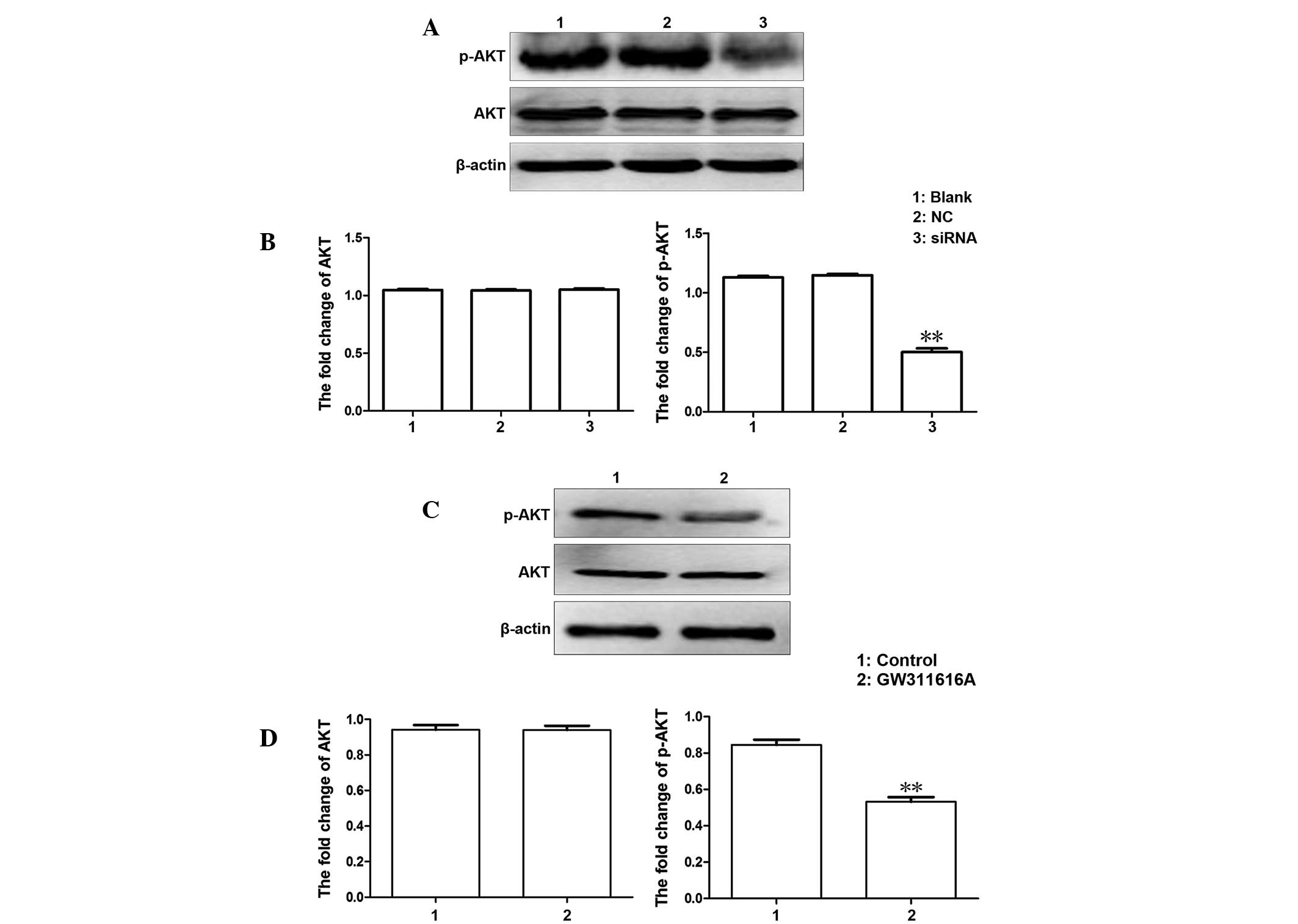|
1
|
Papayannopoulos V, Metzler KD, Hakkim A
and Zychlinsky A: Neutrophil elastase and myeloperoxidase regulate
the formation of neutrophil extracellular traps. J Cell Biol.
191:677–691. 2010. View Article : Google Scholar : PubMed/NCBI
|
|
2
|
Korkmaz B, Moreau T and Gauthier F:
Neutrophil elastase, proteinase 3 and cathepsin G: Physicochemical
properties, activity and physiopathological functions. Biochimie.
90:227–242. 2008. View Article : Google Scholar
|
|
3
|
Mansuy-Aubert V, Zhou QL, Xie X, Gong Z,
Huang JY, Khan AR, Aubert G, Candelaria K, Thomas S, Shin DJ, et
al: Imbalance between neutrophil elastase and its inhibitor
α1-antitrypsin in obesity alters insulin sensitivity, inflammation,
and energy expenditure. Cell Metab. 17:534–548. 2013. View Article : Google Scholar : PubMed/NCBI
|
|
4
|
Kawabata K, Hagio T and Matsuoka S: The
role of neutrophil elastase in acute lung injury. Eur J Pharmacol.
451:1–10. 2002. View Article : Google Scholar : PubMed/NCBI
|
|
5
|
Tamakuma S, Ogawa M, Aikawa N, Kubota T,
Hirasawa H, Ishizaka A, Taenaka N, Hamada C, Matsuoka S and Abiru
T: Relationship between neutrophil elastase and acute lung injury
in humans. Pulm Pharmacol Ther. 17:271–279. 2004. View Article : Google Scholar : PubMed/NCBI
|
|
6
|
Sato T, Takahashi S, Mizumoto T, Harao M,
Akizuki M, Takasugi M, Fukutomi T and Yamashita J: Neutrophil
elastase and cancer. Surg Oncol. 15:217–222. 2006. View Article : Google Scholar
|
|
7
|
Ho AS, Chen CH, Cheng CC, Wang CC, Lin HC,
Luo TY, Lien GS and Chang J: Neutrophil elastase as a diagnostic
marker and therapeutic target in colorectal cancers. Oncotarget.
30:473–480. 2014.
|
|
8
|
Lane AA and Ley TJ: Neutrophil elastase
cleaves PML-RARalpha and is important for the development of acute
promyelocytic leukemia in mice. Cell. 115:305–318. 2003. View Article : Google Scholar : PubMed/NCBI
|
|
9
|
Lane AA and Ley TJ: Neutrophil elastase is
important for PML-retinoic acid receptor alpha activities in early
myeloid cells. Mol Cell Biol. 25:23–33. 2005. View Article : Google Scholar :
|
|
10
|
Lee SK, Son BS, Hwang JJ, et al: The use
of neutrophil elastase inhibitor in the treatment of acute lung
injury after pneumonectomy. J Cardiothorac Surg. 8(69)2013.
View Article : Google Scholar
|
|
11
|
Lee WL and Downey GP: Leukocyte elastase:
Physiological functions and role in acute lung injury. Am J Respir
Crit Care Med. 164:896–904. 2001. View Article : Google Scholar : PubMed/NCBI
|
|
12
|
Hoshi K, Kurosawa S and Kato M:
Sivelestat, a neutrophil elastase inhibitor, reduces mortality rate
of critically ill patients. Tohoku J Exp Med. 207:143–148. 2005.
View Article : Google Scholar : PubMed/NCBI
|
|
13
|
Macdonald SJ, Dowle MD, Harrison LA, Shah
P, Johnson MR, Inglis GG, Clarke GD, Smith RA, Humphreys D, Molloy
CR, et al: The discovery of a potent, intracellular, orally
bioavailable, long duration inhibitor of human neutrophil elastase
- GW311616A a development candidate. Bioorg Med Chem Lett.
11:895–898. 2001. View Article : Google Scholar : PubMed/NCBI
|
|
14
|
Ohbayashi H: Neutrophil elastase
inhibitors as treatment for COPD. Expert Opin Investig Drugs.
11:965–980. 2002. View Article : Google Scholar : PubMed/NCBI
|
|
15
|
Miyoshi S, Hamada H, Ito R, Katayama H,
Irifune K, Suwaki T, Nakanishi N, Kanematsu T, Dote K, Aibiki M, et
al: Usefulness of a selective neutrophil elastase inhibitor,
sivelestat, in acute lung injury patients with sepsis. Drug Des
Devel Ther. 7:305–316. 2013. View Article : Google Scholar : PubMed/NCBI
|
|
16
|
Luo J, Deng ZL, Luo X, et al: A protocol
for rapid generation of recombinant adenoviruses using the AdEasy
system. Nature Protocols. 2:1236–1247. 2007. View Article : Google Scholar : PubMed/NCBI
|
|
17
|
Horwitz M, Benson KF, Person RE, Aprikyan
AG and Dale DC: Mutations in ELA2, encoding neutrophil elastase,
define a 21-day biological clock in cyclic haematopoiesis. Nat
Genet. 23:433–436. 1999. View
Article : Google Scholar : PubMed/NCBI
|
|
18
|
Akizuki M, Fukutomi T, Takasugi M,
Takahasi S, Sato T, Harao M, Mizumoto T and Yamashita J: Prognostic
significance of immunoreactive neutrophil elastase in human breast
cancer: Long-term follow-up results in 313 patients. Neoplasia.
9:260–264. 2007. View Article : Google Scholar : PubMed/NCBI
|
|
19
|
Wislez M, Antoine M, Rabbe N, Gounant V,
Poulot V, Lavolé A, Fleury-Feith J and Cadranel J: Neutrophils
promote aerogenous spread of lung adenocarcinoma with
bronchioloalveolar carcinoma features. Clin Cancer Res.
13:3518–3527. 2007. View Article : Google Scholar : PubMed/NCBI
|
|
20
|
Moroy G, Alix AJ, Sapi J, Hornebeck W and
Bourguet E: Neutrophil elastase as a target in lung cancer.
Anticancer Agents Med Chem. 12:565–579. 2012. View Article : Google Scholar : PubMed/NCBI
|
|
21
|
Zhang X, Zhong L, Liu BZ, Gao YJ, Gao YM
and Hu XX: Effect of GINS2 on proliferation and apoptosis in
leukemic cell line. Int J Med Sci. 10:1795–1804. 2013. View Article : Google Scholar : PubMed/NCBI
|
|
22
|
Buggins AG and Pepper CJ: The role of
Bcl-2 family proteins in chronic lymphocytic leukaemia. Leuk Res.
34:837–842. 2010. View Article : Google Scholar : PubMed/NCBI
|
|
23
|
Li Y, Yin S, Nie D, Xie S, Ma LM, Wang X,
Wu Y and Xiao J: MK886 inhibits the proliferation of HL-60 leukemia
cells by suppressing the expression of mPGES-1 and reducing
prostaglandin E2 synthesis. Int J Hematol. 94:472–478. 2011.
View Article : Google Scholar : PubMed/NCBI
|
|
24
|
Korsmeyer SJ: BCL-2 gene family and the
regulation of programmed cell death. Cancer Res. 59(7 Suppl):
1693s–1700s. 1999.PubMed/NCBI
|
|
25
|
Ola MS, Nawaz M and Ahsan H: Role of Bcl-2
family proteins and caspases in the regulation of apoptosis. Mol
Cell Biochem. 351:41–58. 2011. View Article : Google Scholar : PubMed/NCBI
|
|
26
|
Chipuk JE, Moldoveanu T, Llambi F, Parsons
MJ and Green DR: The BCL-2 family reunion. Mol Cell. 37:299–310.
2010. View Article : Google Scholar : PubMed/NCBI
|
|
27
|
Willis S, Day CL, Hinds MG and Huang DC:
The Bcl-2-regulated apoptotic pathway. J Cell Sci. 116:4053–4056.
2003. View Article : Google Scholar : PubMed/NCBI
|
|
28
|
Juin P, Geneste O, Raimbaud E and Hickman
JA: Shooting at survivors: Bcl-2 family members as drug targets for
cancer. Biochim Biophys Acta. 1644:251–260. 2004. View Article : Google Scholar : PubMed/NCBI
|
|
29
|
Osaki M, Oshimura M and Ito H: PI3K-Akt
pathway: Its functions and alterations in human cancer. Apoptosis.
9:667–676. 2004. View Article : Google Scholar : PubMed/NCBI
|
|
30
|
Chang F, Lee JT, Navolanic PM, Steelman
LS, Shelton JG, Blalock WL, Franklin RA and McCrubey JA:
Involvement of PI3K/Akt pathway in cell cycle progression,
apoptosis, and neoplastic transformation: A target for cancer
chemotherapy. Leukemia. 17:590–603. 2003. View Article : Google Scholar : PubMed/NCBI
|
|
31
|
Fresno Vara JA, Casado E, de Castro J,
Cejas P, Belda-Iniesta C and González-Barón M: PI3K/Akt signalling
pathway and cancer. Cancer Treat Rev. 30:193–204. 2004. View Article : Google Scholar : PubMed/NCBI
|
|
32
|
Ma PP, Zhu D, Liu BZ, Zhong L, Zhu XY,
Wang H, Zhang X, Gao YM and Hu XX: Neutrophil elastase inhibitor on
proliferation and apoptosis of U937 cells. Zhonghua Xue Ye Xue Za
Zhi. 34:507–511. 2013.In Chinese. PubMed/NCBI
|



